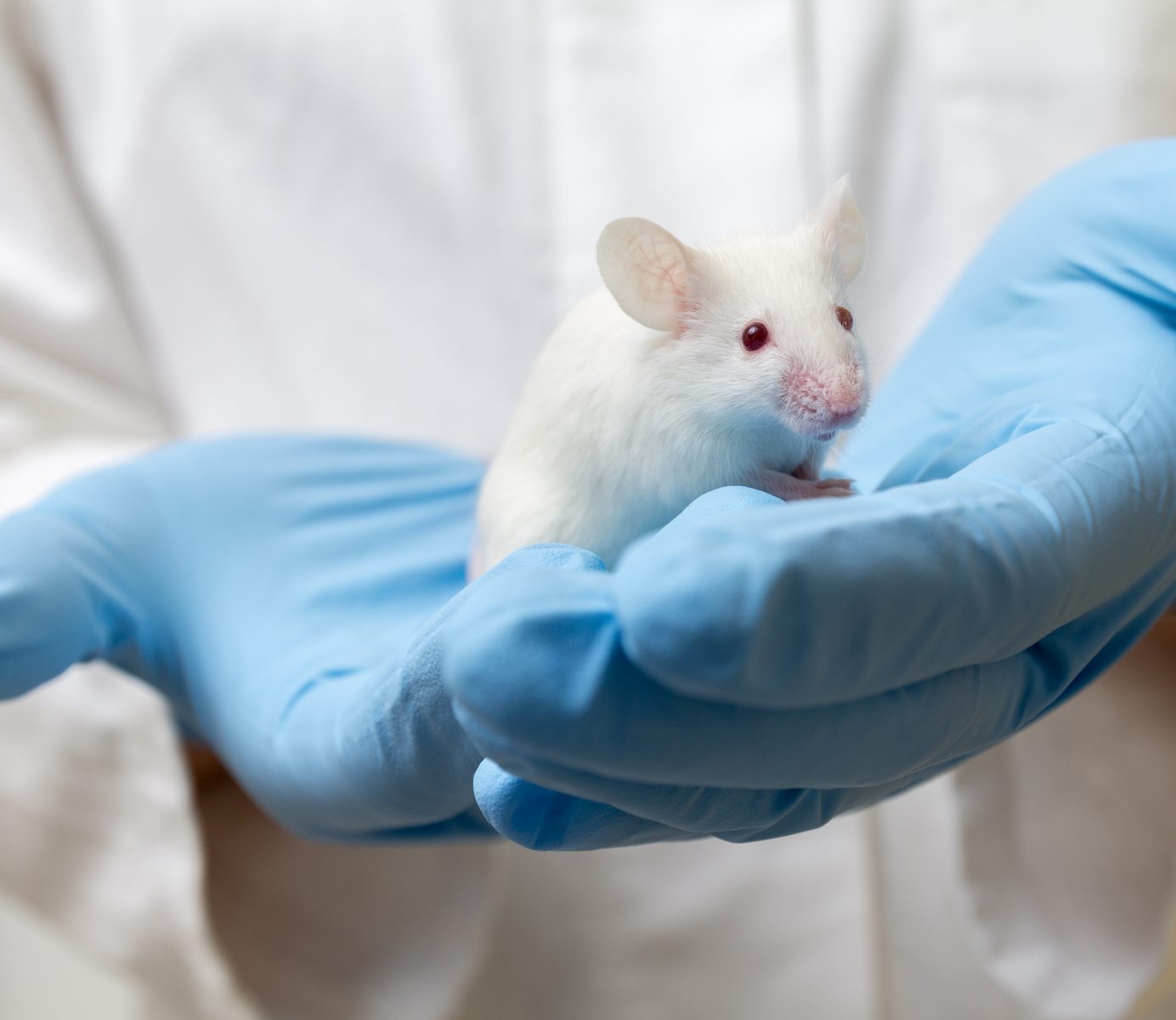#IARC2017 – Molecule Restores Cardiac Function in FA Mice if Mitochondrial Protein Present, Study Says

Giving mice who serve as a model of cardiac defects in Friedreich’s ataxia a molecule known to improve heart function in cardiac mice did help to improve how their hearts worked — but only if a mitochondrial protein, known as SIRT3, was present, a study reported at IARC 2017.
Angel Martin, of Duke University and Duke University Medical Center, delivered these results in a Saturday presentation titled “Nicotinamide Mononucleotide supplementation in a model of Friedreich’s Ataxia cardiomyopathy improves cardiac function and bioenergetics in a SIRT3-dependent manner.” IARC, the International Ataxia Research Conference, opened in Pisa, Italy, on Wednesday and concludes today.
Frataxin is a mitochondrial protein — mitochondria being small organelles in each cell responsible for energy production. Lack of this protein is an underlying cause of Friedreich’s ataxia.
For mitochondria to work as they should — including at energy production — they require appropriate levels of a molecule known as nicotinamide adenine dinucleotide (NAD).
Previous studies with mouse models of cardiac diseases have shown that giving these mice a precursor molecule of NAD+, called NMN, improved their cardiac function. But it is not clear to scientists how, at a molecular level, NMN benefits the heart.
The researchers here investigated whether NMN influences a mitochondrial protein, known as SIRT3, whose activity depends on NAD levels.
SIRT3 has the capacity to activate or deactivate mitochondrial target proteins.
The team studied the therapeutic effects of NMN and the role of SIRT3 using what is known as the Friedreich’s ataxia cardiomyopathy mouse model (FXN-KO). In these mice, the gene for frataxin is genetically ablated, meaning that mice have no frataxin gene. Consequently, no frataxin protein is produced in their cells.
Researchers observed that administering NMN to FXN-KO mice restored cardiac function to near normal levels.
Next, the team investigated whether SIRT3 expression was necessary for NMN’s observed therapeutic effect. They assessed this by generating FXN-KO mice that completely lack SIRT3, and mice that had neither SIRT3 nor frataxin (known as “double knockout” FXN-KO mice).
Improvements in cardiac function in the mice after NMN treatment were seen to be completely lost in the “double knockout” animals, suggesting that the effects of NMN were dependent on cardiac SIRT3.
“Taken together, these results serve as important preclinical data for NMN supplementation or SIRT3 activator therapy in Friedreich’s Ataxia patients,” the researchers concluded.






